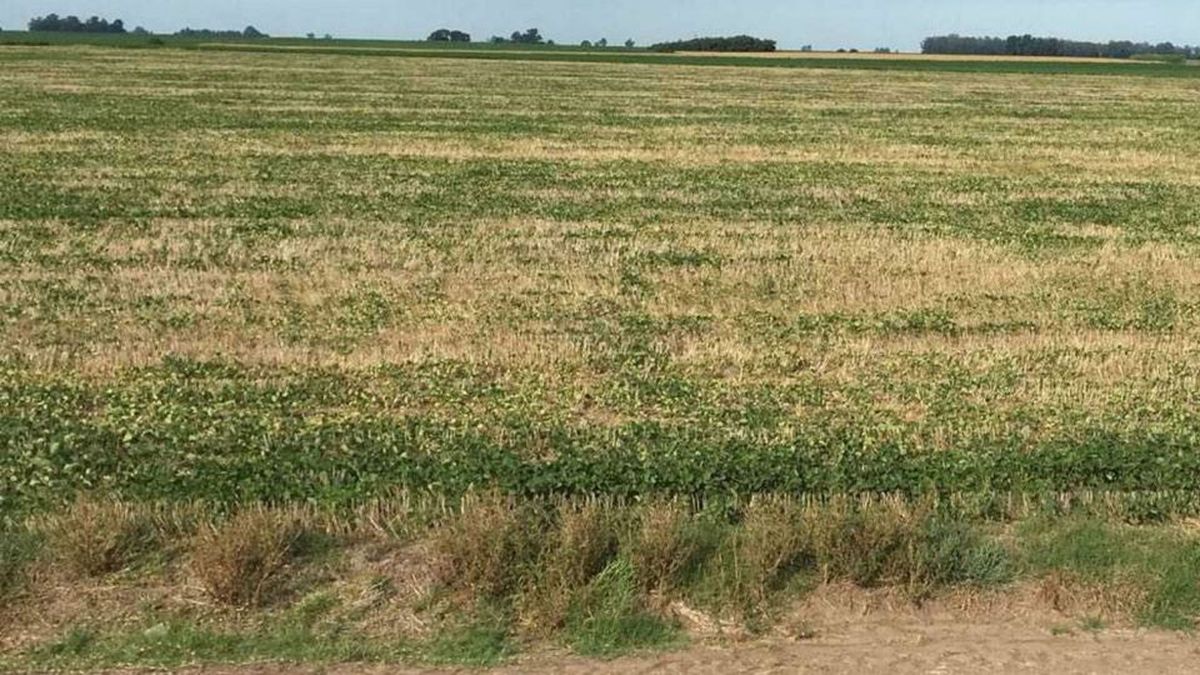The areas most affected by the early frosts would be those of the Center of Buenos Aires, Southwest of Buenos Aires-South of La Pampa and Southeast of Buenos Aires, places where soybeans were no longer going through a good situation and for this reason total losses are expected for farmers. lots more punished.
At the moment, the Buenos Aires Grain Exchange predicts that the soybean harvest would be 38 million tons, but taking into account the current scenario, everything indicates that it will soon make a new production cut, which will be in line with what was anticipated by the Rosario Stock Exchange that anticipates a harvest of just 34.5 million tons. In any case, the Buenos Aires entity has already anticipated that if a batch of early frosts and low temperatures materialize, the income of foreign currency from the countryside could be reduced by US$18.3 billion this year.
Regarding corn, the situation is very similar to that of soybeans. To date, 3.8 million hectares are in a water condition between regular and dry, which represents 54.8% of the total implanted. On the other hand, there was a week-on-week increase in fair/poor condition of 11.3 points, reaching 44.9% of the cadres.
In the province of Córdoba, it is estimated that 7 out of every 10 hectares of late corn are in a critical period., which could be affected by the heat stroke of recent days. Finally, as in soybeans, for the center and south of the province of Buenos Aires, temperatures below average are forecast that could affect the boxes that are in transit.
In parallel, in the international market, the complicated Argentine agricultural campaign, taking into account that the country is the main exporter of soybean meal, is supporting prices. On Thursday, the oilseed managed to reverse initial losses to end the round with a rise of between 0.2% and 0.6% per ton. The March contract traded at $560.8 and May at $558.96.
Source: Ambito




